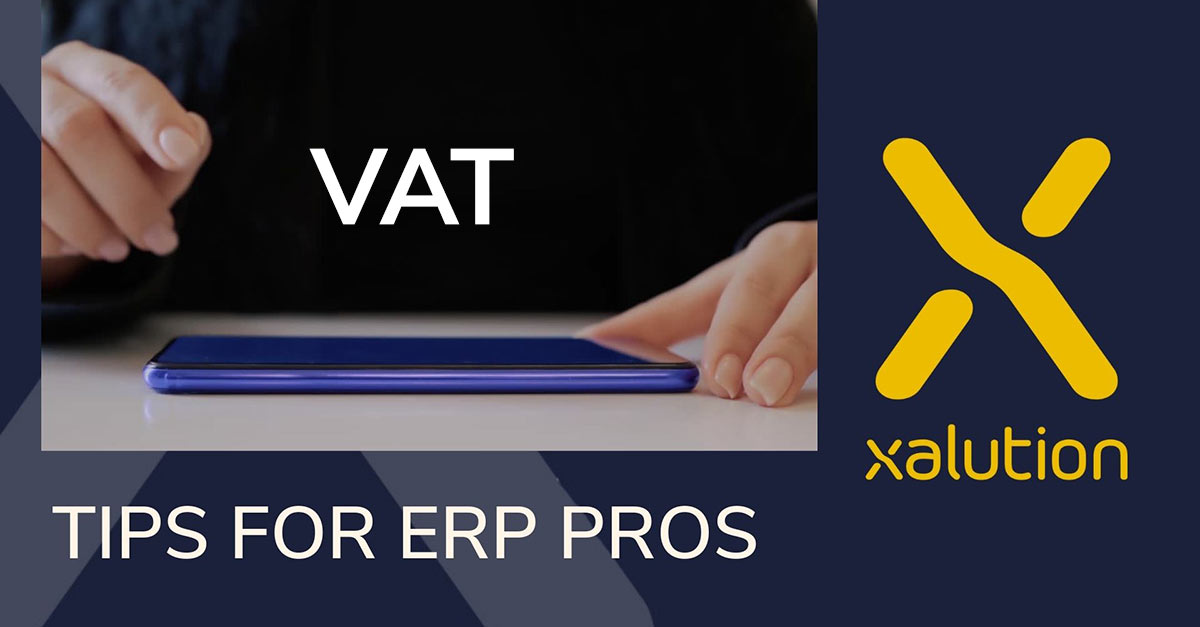With the planned increase in Value Added Tax (VAT) in Switzerland starting from January 1, 2024, companies are facing the challenge of adjusting their ERP systems accordingly. We will demonstrate what needs to be considered in this process and provide initial solutions.
From 1st January 2024, the following value added tax rates will apply in Switzerland: a standard rate of 8.1 percent, a reduced rate of 2.6 percent, and a special rate for accommodation services of 3.8 percent. These changes need to be incorporated into the ERP system. We say: a planned approach is paying off!
Step 1: Which transactions and system components are affected?
As a first step, the ERP manager should get an overview of the transactions in the company that are affected by this change. These can be:
- Down payments
- Continuous services such as subscriptions
- returns
- Price adjustments due to discount systems
- Long-term contracts
- Employee mobility offers
- Vouchers
In addition, the successful implementation of the VAT increase in the ERP system requires various adjustments to be made. Main issues are
- Deposit of the new VAT rates
The ERP manager must ensure that the new VAT rates are correctly stored in the system. If necessary, existing tax codes must be adapted or new tax codes must be set up. - Master data settings
The update of master data in the ERP system due with the change includes, among other things, customer, and supplier master data. This ensures that the correct VAT rates are used when invoicing or receiving goods. - Consideration of interfaces
This includes, for example, affected ERP modules, tax engines, macros or other upload applications, interfaces or reports that have access to the VAT rates.
Step 2: Solution approaches for “Microsoft Dynamics 365 Finance & Operations and Microsoft Dynamics AX 2012
Basically, for all those who use their own accounting system, bookings with changed tax rates must be traceable. We therefore recommend using separate tax codes. How can the new VAT rates now be mapped in Microsoft Dynamics 365 Finance?
The easiest way is to change the VAT rate set on the tax code. This can even happen date-controlled, so that the settings can be made in advance.
In concrete terms this means: First set up a second tax code and the corresponding new article VAT group and provide this with a “from – to” date. Then set up a “from – to” date for the standard VAT code as well.
In this way, the correct tax rate is used which is adapted to each case – and the evaluability is also given. In this way, most of all cases can be booked automatically via the setting “Type of calculation date”. And thanks to the separate tax code, it is always possible to flag the turnover with the higher VAT separately in the advance VAT report.
Get affected staff on board
Here is another tip: Ask your ERP provider if they can support your IT team in implementing the new VAT rates in the system. And do not forget to inform affected staff as early as possible about the changes – such as order management, customer service, procurement, accounts payable team or sales.
Prepare an information document for them that explains the most essential information on applicable deadlines and changes in the ERP system, preferably using sample examples. Ideally, you should also allow each department the opportunity for pre-testing – alternatively in a test environment or with a few real-time cases.
Are you just getting started with the planning or implementation of VAT issues, but would rather focus on your core topics? No problem! The xalution team will be happy to take the wheel! Simply contact us for a non-binding informational discussion – 15 minutes that will give you more freedom.
Contact us now